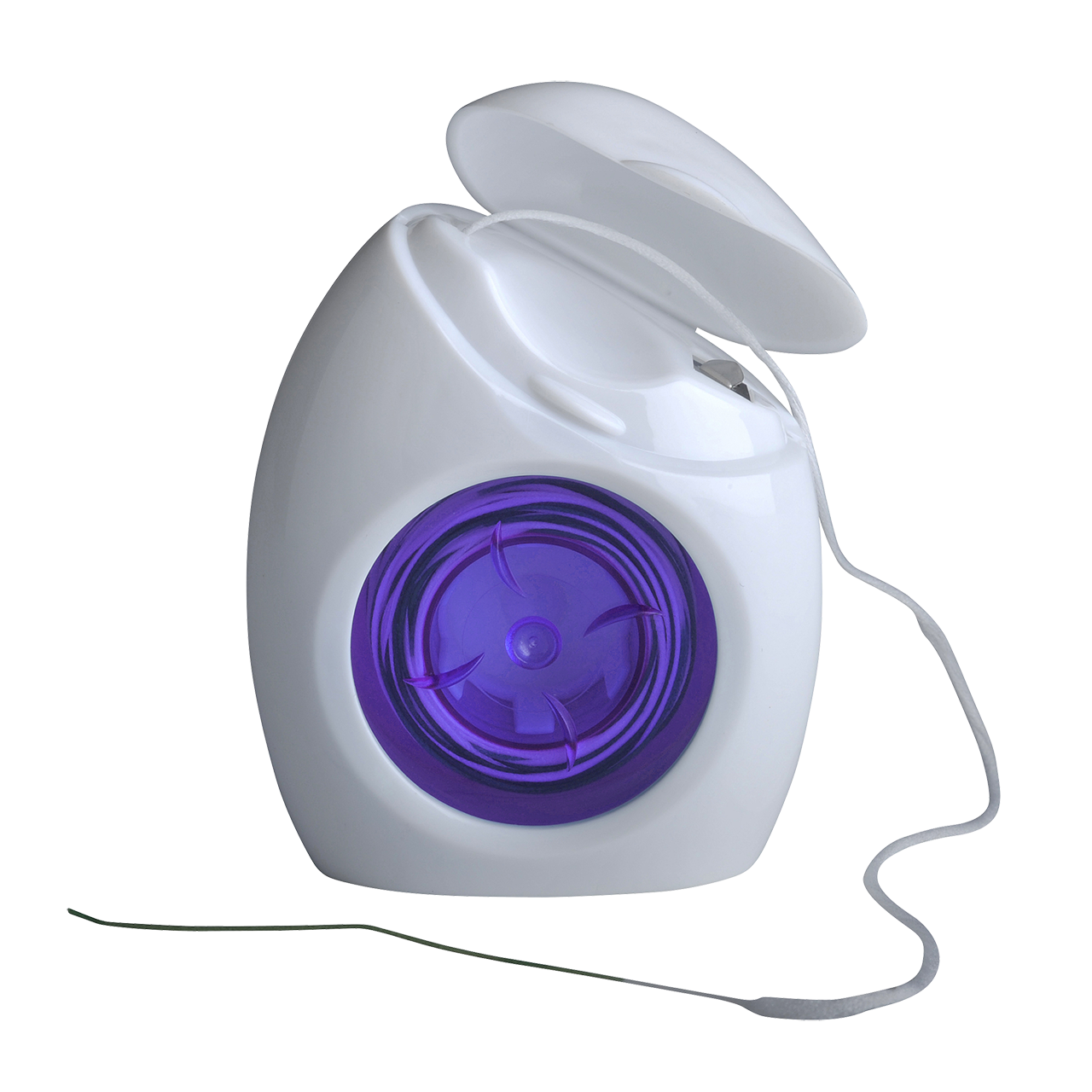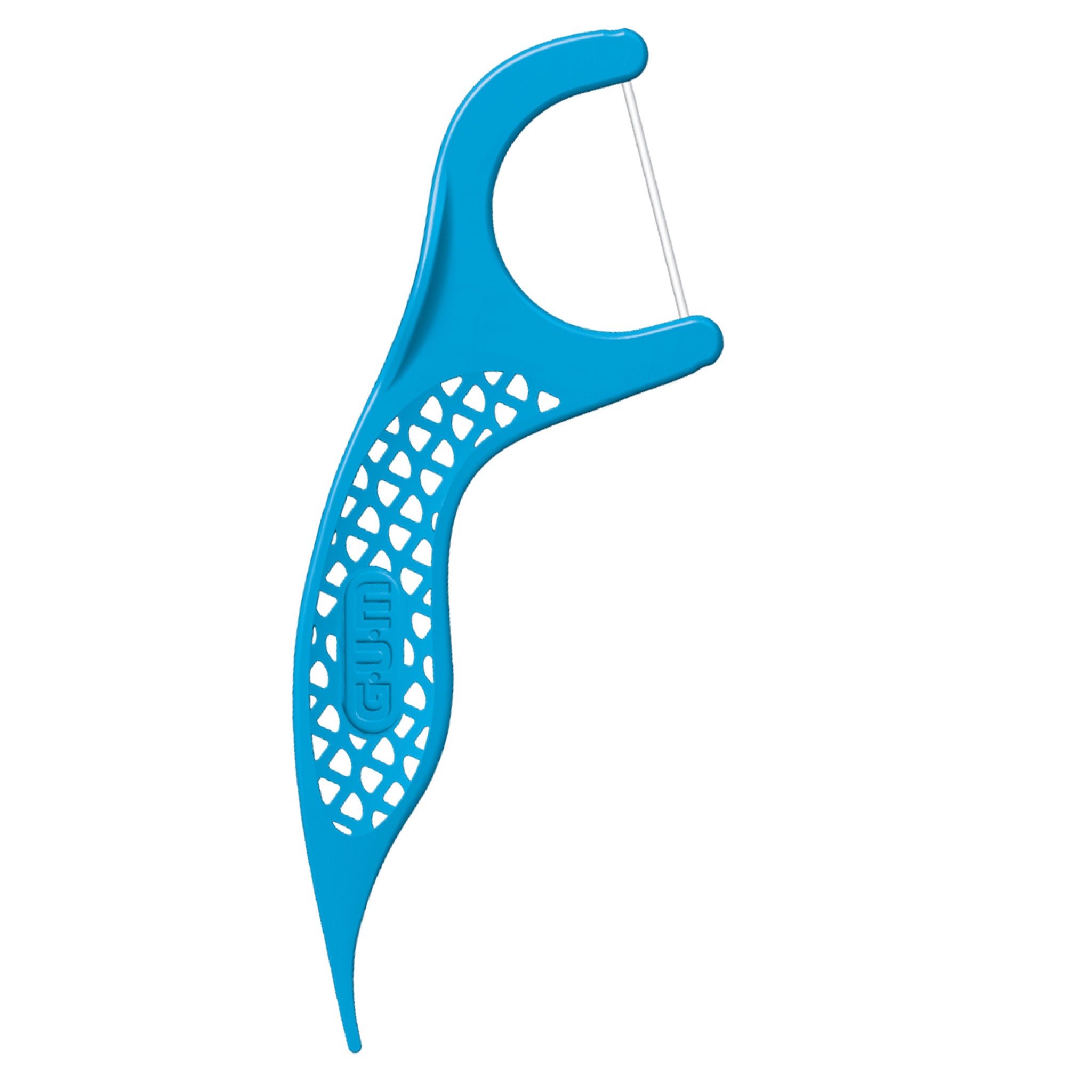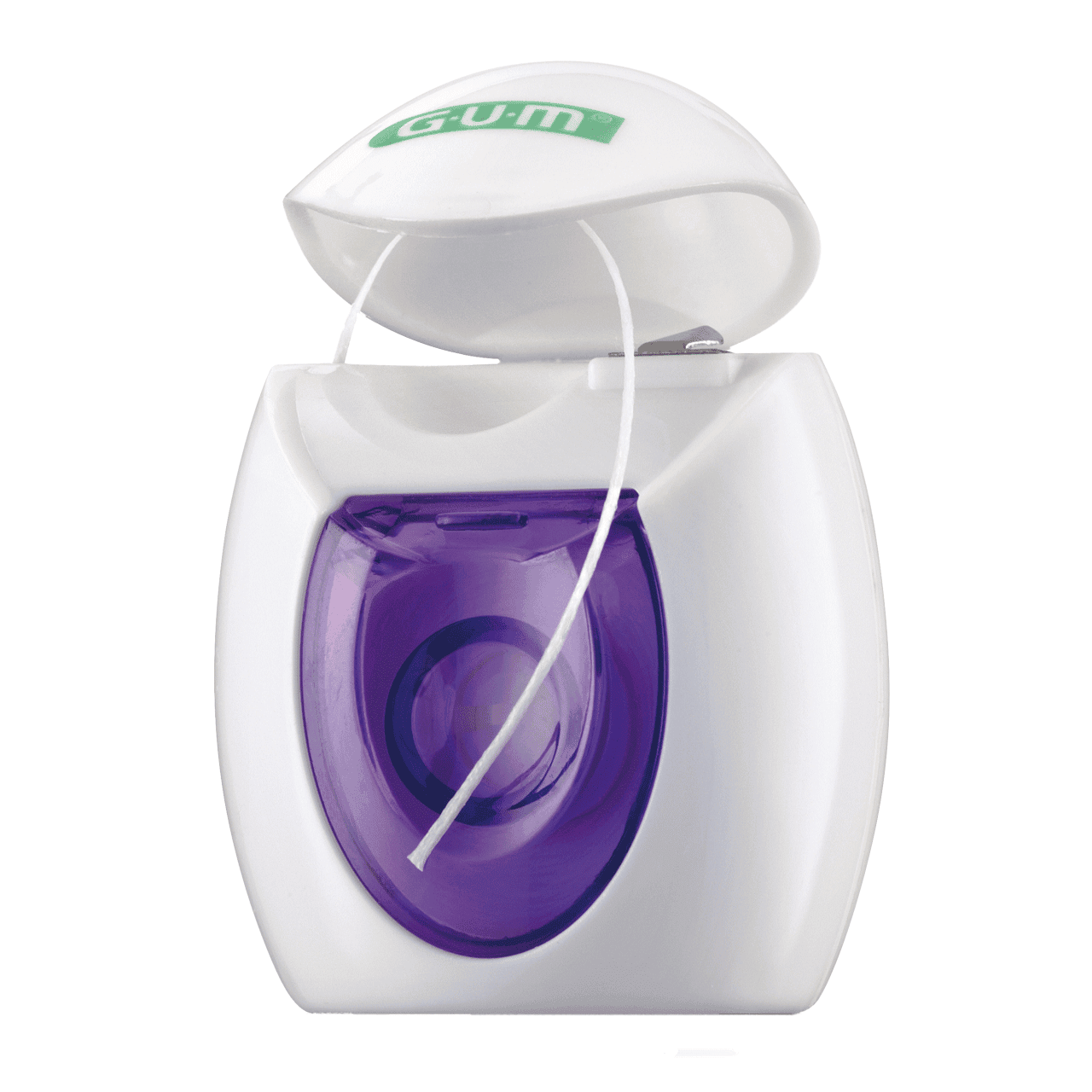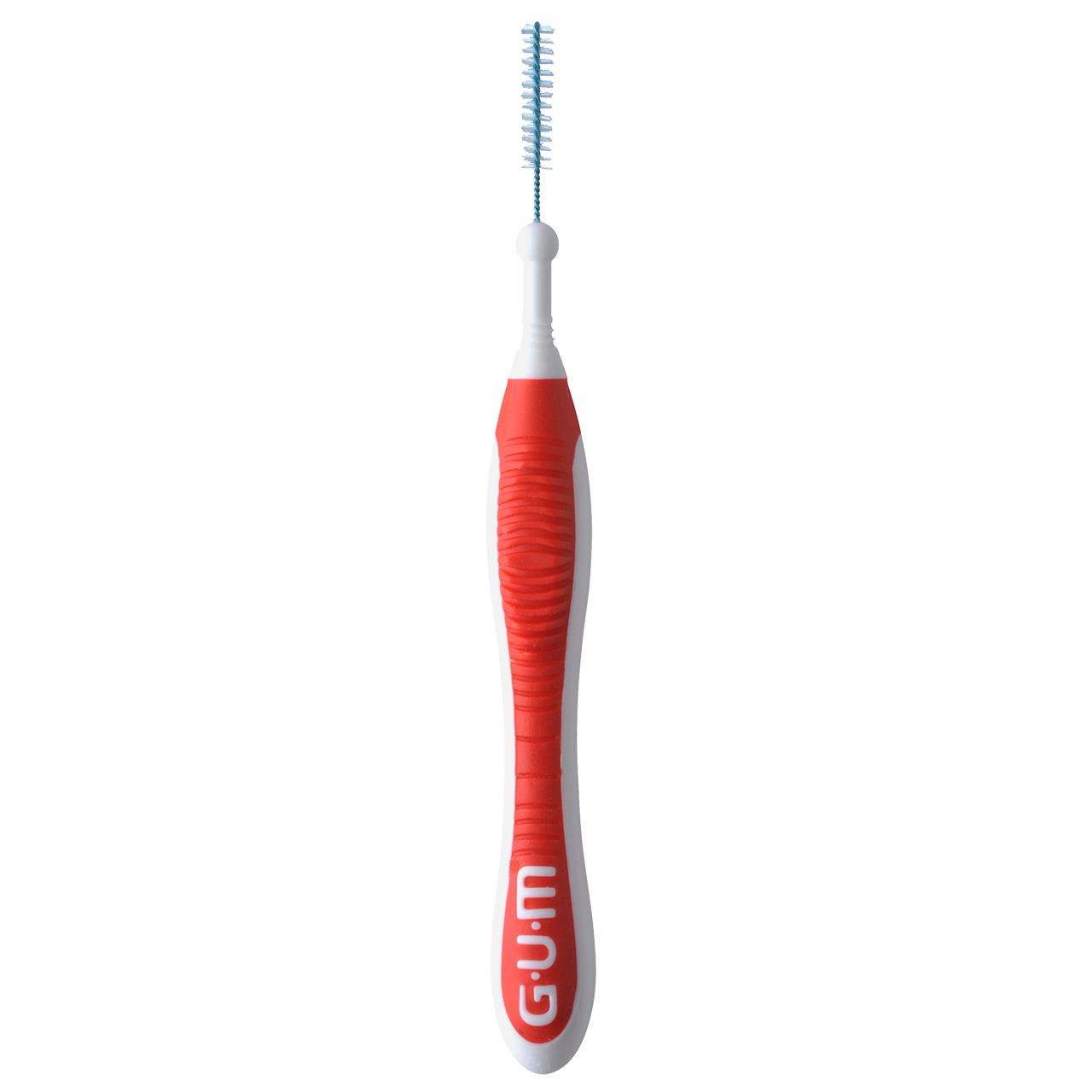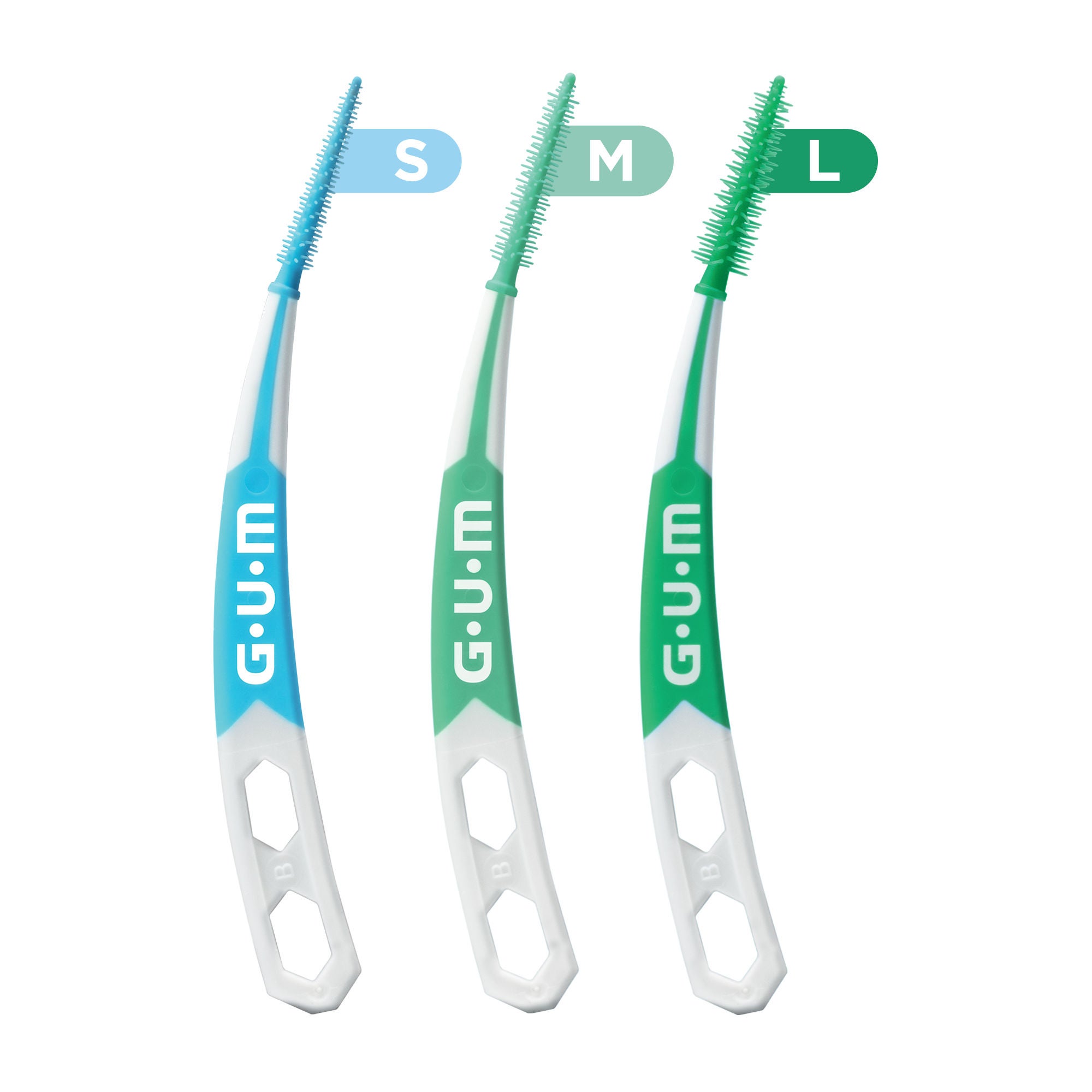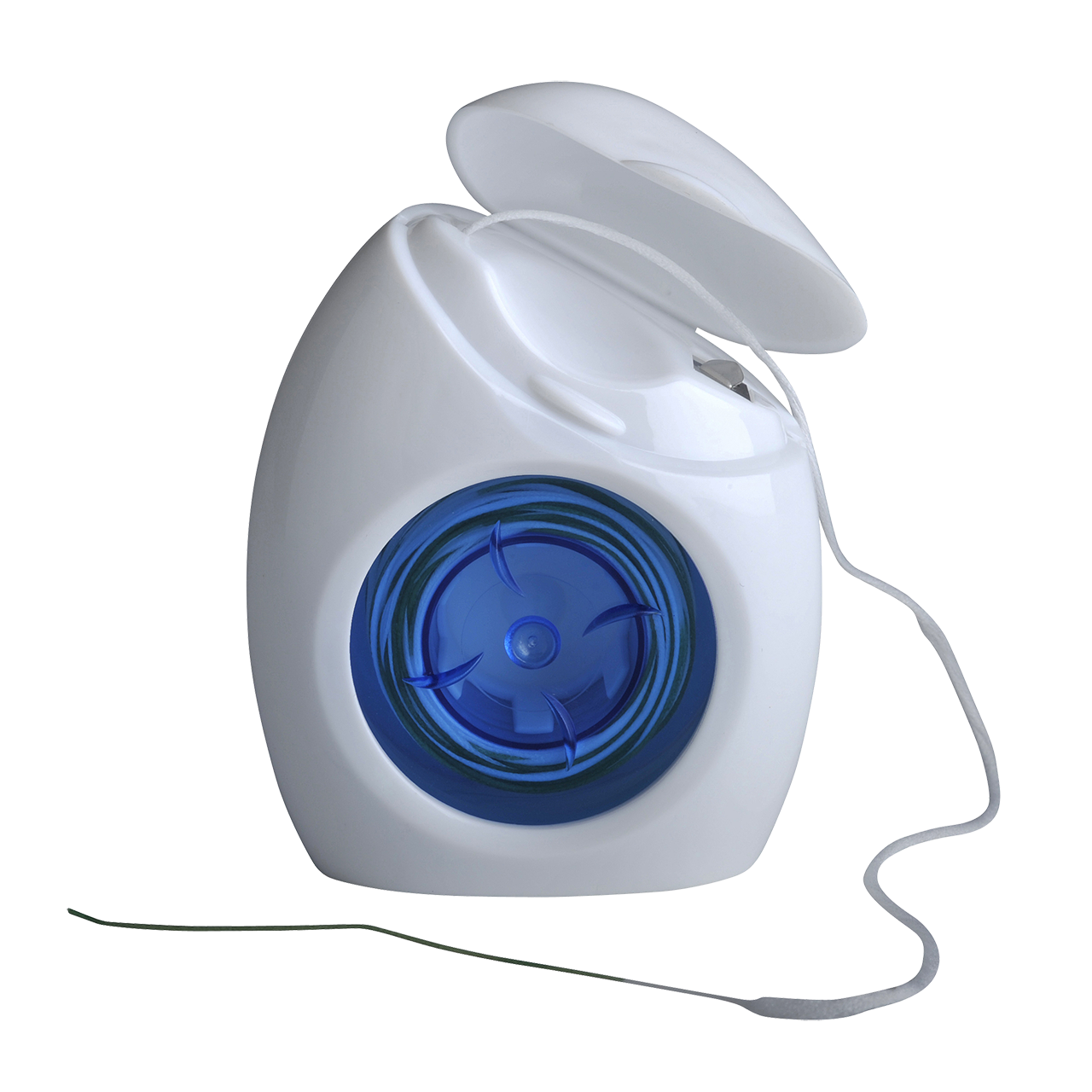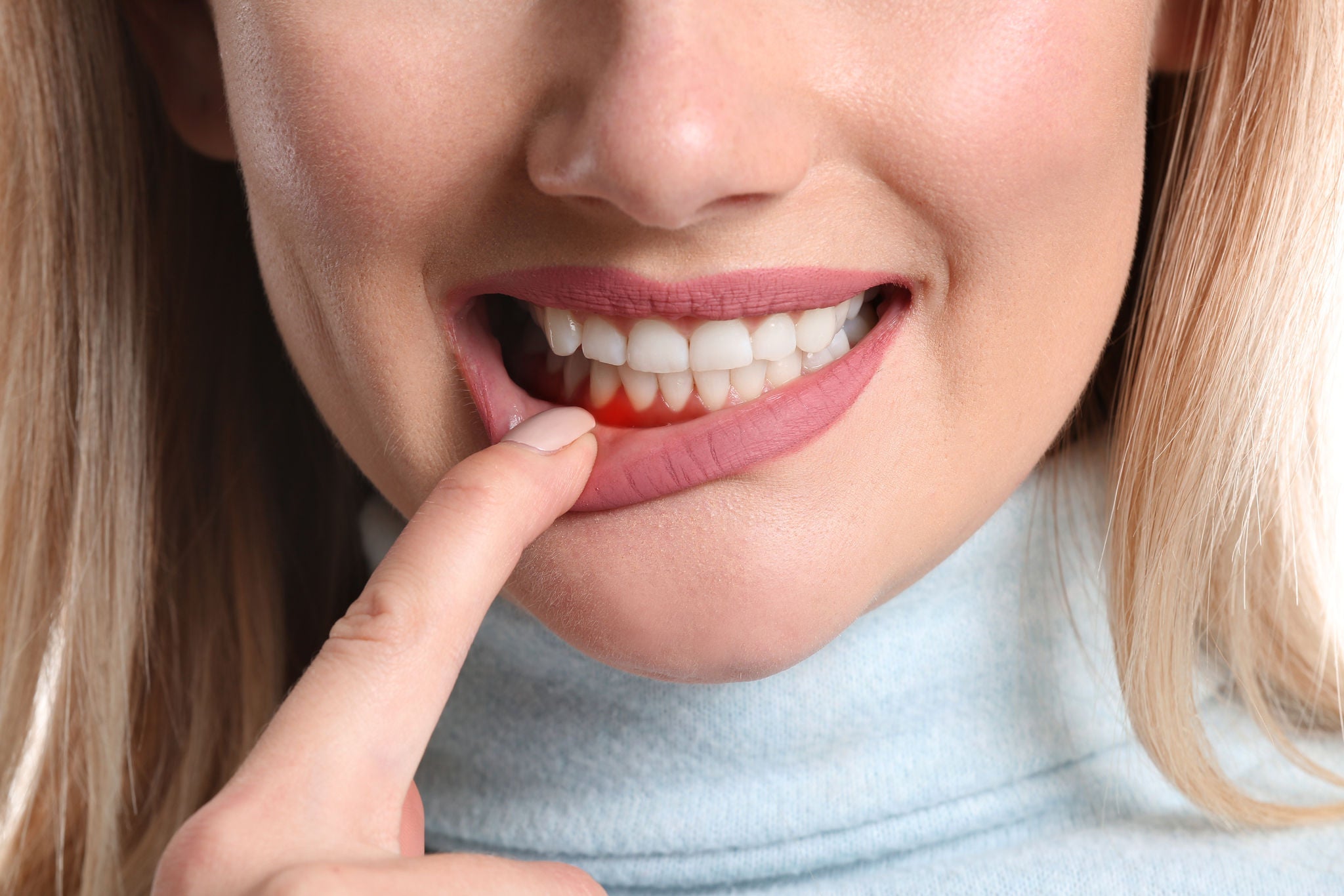
When and How Often Should You Floss? A Dental Care Guide
If you ask a child about flossing, odds are they will pop up and do a strange little dance that involves a complex pattern of arm swinging. Ask an adult about flossing? They are quick to change the subject.

While most people are familiar with the term “flossing” what we are really talking about is interdental cleaning.
At SUNSTAR GUM® interdental cleaning is a kind of obsession. This is because we believe that it’s an easy and feel-good step in a complete oral hygiene routine. Interdental cleaning is essential to help prevent gum inflammation and plays an important role in our oral and body wellbeing.
As a matter of fact, flossing is one of the most important (but often overlooked) steps of the dental care routine.
And it isn’t as if we don’t know we’re supposed to floss – it’s simply that flossing retains an air of mystery and a perceived level of difficulty only matched by its eponymous dance.
We want to demystify flossing so you no longer have to practice casually lying to your dentist about how often you do it.
Why do I have to floss?
Humans evolved to have roughly 32 individual adult teeth (give or take for various reasons). These teeth come in a variety of shapes and sizes to make an omnivore diet possible.
Even for individuals who have tight teeth, there are spaces between teeth where plaque-causing bacteria thrive. When food gets stuck between our teeth, the sugar-hungry bacteria have a snack to feast on, and plaque production kicks into high gear.
When left to flourish, plaque can harden into tartar, which requires a dentist visit to remove. Your risk of developing gingivitis and periodontitis also increases.
Flossing is an additional (and very important) step in the oral care routine, that helps remove trapped food and plaque build-up, in spaces the toothbrush alone can’t reach.
Watch our video to learn how to floss like a "pro"
How often should I floss?
Dentists recommend flossing at least once a day mainly after meals.
There are options available for cleaning between your teeth after meals that are easy to carry, easy to use, and designed to be safe for both your teeth and gums. We’ll discuss those in more detail in just a moment.
When should I floss?
This is a question that perplexes a lot of people. The best practice is to floss your teeth before brushing.
How to floss
Your floss strand should be around 35-40 cm long. Wrap the floss around each middle finger, keeping a short section taut between your thumbs and index fingers. Gently slide the floss between your teeth, making sure not to slam it on the gum (too much pressure can damage your gums).
Gently slide the floss up and down in a zig-zag pattern. Don’t forget to floss just under the gum line, using an up-and-down motion. When changing sides, make sure to use a clean section of floss.
Choosing the right tools for the job
One of the reasons many adults fail to floss regularly is because they view it as a time-consuming or too complex process.
We have great news: it doesn’t have to be! Whether you opt for traditional string flossing or decide to use alternative interdental cleaning devices, there is an option that will suit your needs. And you can’t imagine how it will feel good for your mouth afterward!
Interdental cleaning: a brief history break
Did you know that the toothpick is the oldest known dental tool? Remains of hominids dating back 1.8 million years showed signs of dental wear from repeated toothpick use.
Finding a floss that’s right for you
Traditional string floss is the method of interdental cleaning most of us are familiar with, though in many cases it is not the best option.
When is floss recommended? For getting into very tight spaces, as well as for cleaning between front teeth. For everything else, SUNSTAR recommends using interdental brushes or rubber interdental picks (we’ll talk about those next!), as long as interdental space permits.
Flossing with orthodontic appliances
Getting between and around orthodontic appliances such as braces can be tricky.
Solution:
- GUM ORTHO Floss with a built-in threader for inserting between braces.
Flossing with limited mobility
Conditions such as arthritis or other circumstances that make it difficult to floss in a two-handed style require special tools.
Solution: GUM EASY-FLOSSERS are designed to be used with one hand, and make it much easier to reach those back teeth.
Flossing with irregular tooth spacing
When the spaces between your teeth are too tight or too wide, flossing effectively can be difficult.
Solution:
- GUM FINE FLOSS for getting into tight spaces
- GUM EXPANDING FLOSS for those wider spaces.
For a deeper dive into floss options, visit our page on how to choose your floss.
Interdental cleaning tools
Floss is not the only option for cleaning between your teeth, especially when these interdental spaces are wide. There are a variety of interdental cleaning tools available that can meet your specific needs, and people often prefer these alternatives to traditional floss. You may need several sizes of interdental brushes or picks depending on the available interdental space.
How to use an interdental cleaning tool
Cleaning between your teeth with your preferred interdental tool is a straightforward process.
Simply hold the tool between your thumb and index finger, much like a pencil. Use a gentle back and forth motion, 2-3 times, to brush between teeth. Continue until you’ve cleaned between all teeth.
You may need to select interdental cleaning tools in various sizes depending on the size of gaps between teeth. Never force an interdental cleaning tool in. It may also be helpful to brush molars from both inside and outside to ensure you are cleaning effectively.
Interdental cleaning for hard-to-reach back teeth
Everyone’s mouth is different, and for some people, those back teeth are extremely difficult to reach.
Solution: Get the right angle on those back teeth with the GUM BI-DIRECTION.
Interdental cleaning on-the-go
You’ll want to have an option for discreetly and effectively cleaning between your teeth when you’re out and about.
Solution: The compact GUM TRAV-LER delivers a thorough clean.
Interdental cleaning around bridgework, fillings, and crowns
Bridgework, fillings, and crowns are notorious for catching bits of food and plaque.
Solution:
- GUM SOFT-PICKS PRO for cleaning around bridgework without damaging gum tissue.
- GUM ACCESS FLOSS is another good option for cleaning in these spaces.
Wondering how to pick the right interdental cleaner?
Visit our page on how to choose your interdental.
Make interdental cleaning part of your routine
The wonderful thing about having options available to you that make interdental cleaning easier is that you can find the right tool – or combination of tools – to speed up the cleaning process.
We hope the practice of flossing has been demystified for you!
As for learning the dance move? You’re on your own.

